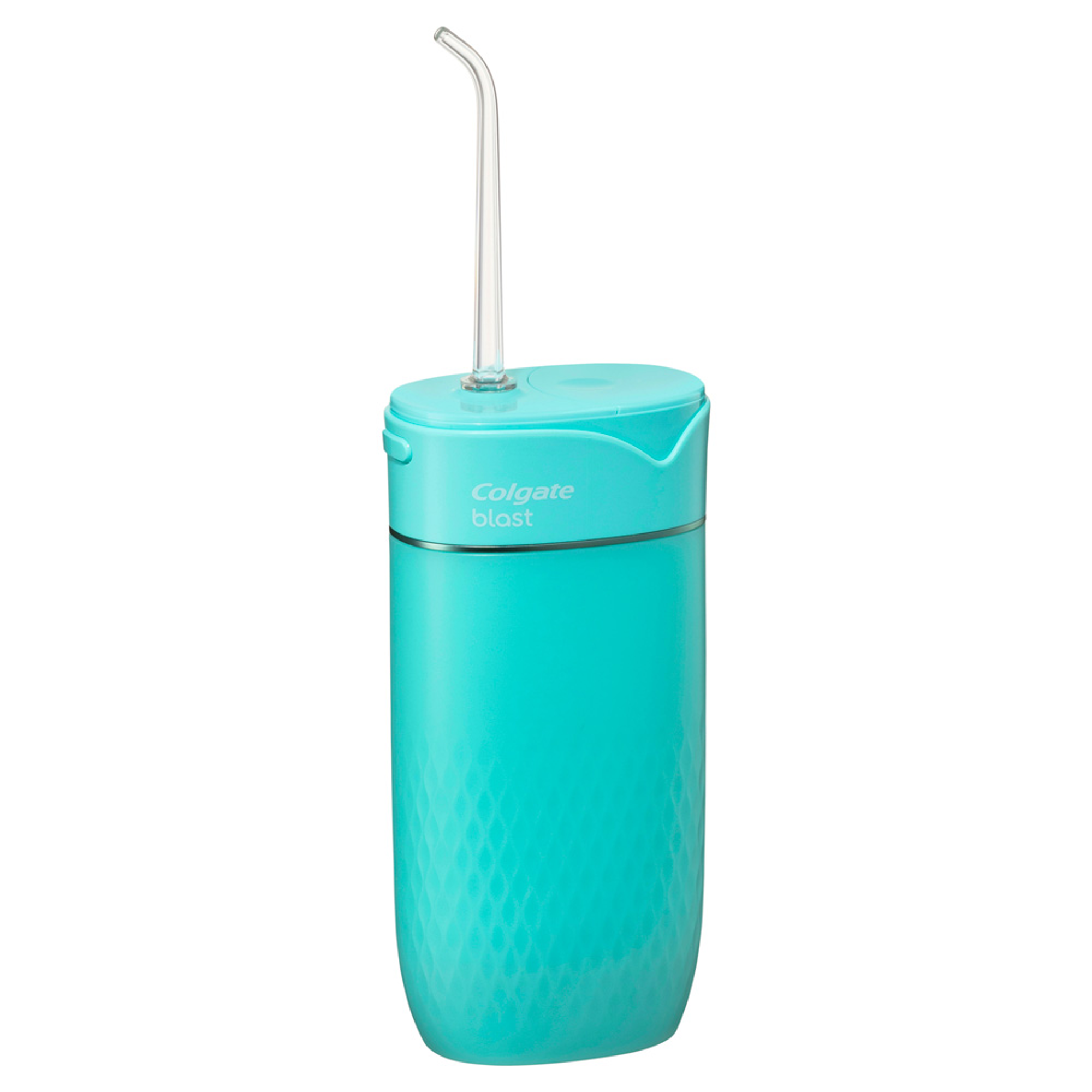
Introduction
Oral health is a critical component of overall well-being, yet for many Australians living in rural and remote communities, accessing dental care remains a significant challenge. The disparity in oral health outcomes between urban and rural populations highlights the urgent need for improved healthcare infrastructure, increased workforce availability, and culturally appropriate care models¹. Addressing these challenges is essential to ensuring equitable oral health outcomes for all Australians, regardless of their geographic location.
Challenges in Rural Oral Health Care
One of the major challenges faced by rural Australians is the limited availability of dental professionals. According to research, rural and remote areas have significantly fewer dentists per capita than metropolitan regions. This shortage means that residents must often travel long distances to receive dental care, leading to delayed or infrequent check-ups and treatments. In some cases, individuals may forego dental care altogether due to the logistical and financial burdens involved².
Another barrier to adequate oral health in rural areas is the higher cost of dental services. The lack of bulk-billing dental clinics and limited public dental services mean that many rural Australians must rely on private practitioners, which can be prohibitively expensive. Additionally, lower socioeconomic status in many rural communities further exacerbates the issue, as individuals prioritize other essential expenses over dental care³. Limited access to fluoridated water is also a contributing factor to poor oral health outcomes in rural communities. While most urban areas benefit from water fluoridation, some remote locations do not have fluoridated drinking water, increasing the risk of tooth decay and other oral health issues.
Impact on Indigenous Communities
Aboriginal and Torres Strait Islander populations, many of whom live in rural and remote settings, experience even greater oral health disparities⁴. Studies show that Indigenous Australians have higher rates of tooth decay, gum disease, and tooth loss compared to non-Indigenous Australians. Factors such as historical marginalization, lack of culturally appropriate dental services, and limited health education contribute to these disparities. A key issue is the need for culturally safe oral health care. Many Indigenous Australians feel uncomfortable seeking treatment due to past negative experiences or a lack of trust in the healthcare system⁵. Increasing Indigenous representation in the dental workforce and incorporating community-led health initiatives can help bridge this gap and improve oral health outcomes⁵.
Strategies for Improvement
To address these issues, several strategies can be implemented to enhance oral health care in rural Australia:
Expanding Tele-Dentistry Services: Digital healthcare solutions, such as tele-dentistry, can help provide remote consultations, early diagnoses, and referrals, reducing the need for long-distance travel.
Increasing Workforce Distribution: Incentive programs for dental professionals to work in rural areas, such as scholarships, financial bonuses, and rural placement opportunities, can help bridge the workforce gap.
Enhancing Preventative Care Programs: Mobile dental clinics and school-based oral health programs can provide much-needed preventative care and education to rural communities.
Improving Water Fluoridation Access: Ensuring that more remote areas have access to fluoridated water can help reduce tooth decay rates.
Promoting Indigenous-Led Oral Health Initiatives: Encouraging Indigenous-led health programs and increasing Indigenous representation in the dental workforce can help ensure culturally appropriate and effective care.
Conclusion
Improving oral health in rural Australia requires a multi-faceted approach that addresses workforce shortages, financial barriers, and cultural considerations. By implementing strategic policies and investing in community-led initiatives, Australia can work towards reducing oral health disparities and ensuring that all Australians, regardless of their location, have access to quality dental care.
References
Jamieson, L, Wu, B, Chrisopoulos, S, Luzzi, L, Mejia, G & Ju, X, 2024, ‘Oral health inequalities over time among older adults of different racial/ethnic backgrounds: a comparative decomposition analysis across Australia and the United States’, BMC Geriatrics, doi: 10.1186/s12877-024-05525-w.
Deerain, M & Connolly, M, 2023, ‘Rural access to dental and oral health services’, The Australian Journal of Rural Health’, doi: 10.1111/ajr.13050.
Watt, RG, Daly, B, Allison, P, Macpherson, LMD, Venturelli, R, Listl, S, Weyant, RJ, Mathur, MR, Guarnizo-Herreno, CC, Celeste, RK, Peres, MA, Kerns, C & Benzian, H, 2019, ‘Ending the neglect of global oral health: time for radical action’, Lancet, doi: 10.1016/S0140-6736(19)31133-X.
Parker, EJ, Mills, H, Spencer, AJ, Mejia, GC, Roberts-Thomson, KF & Jamieson, LM, 2016, ‘Oral Health Impact among Rural-dwelling Indigenous Adults in South Australia’, Journal of Health Care of the Poor and Underserved, doi: 10.1353/hpu.2016.0033.
Jamieson, L, Peres, MA, Guarnizo-Herreno, CC & Bastos, JL, 2021, ‘Racism and oral health inequalities; An overview’, EClinical Medicine, vol. 34, issue 100827.
Join us
Get resources, products and helpful information to give your patients a healthier future.
Join us
Get resources, products and helpful information to give your patients a healthier future.











